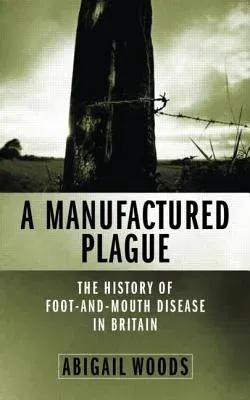Abigail Woods
(Author)A Manufactured Plague?: The History of Foot and Mouth Disease in BritainHardcover, 1 July 2004

Qty
1
Turbo
Ships in 2 - 3 days
Only 1 left
Free Delivery
Cash on Delivery
15 Days
Free Returns
Secure Checkout

Print Length
208 pages
Language
English
Publisher
Routledge
Date Published
1 Jul 2004
ISBN-10
1844070808
ISBN-13
9781844070800
Description
Product Details
Author:
Book Format:
Hardcover
Country of Origin:
US
Date Published:
1 July 2004
Dimensions:
22.15 x
15.34 x
1.96 cm
Genre:
British
ISBN-10:
1844070808
ISBN-13:
9781844070800
Language:
English
Location:
Oxford
Pages:
208
Publisher:
Weight:
453.59 gm